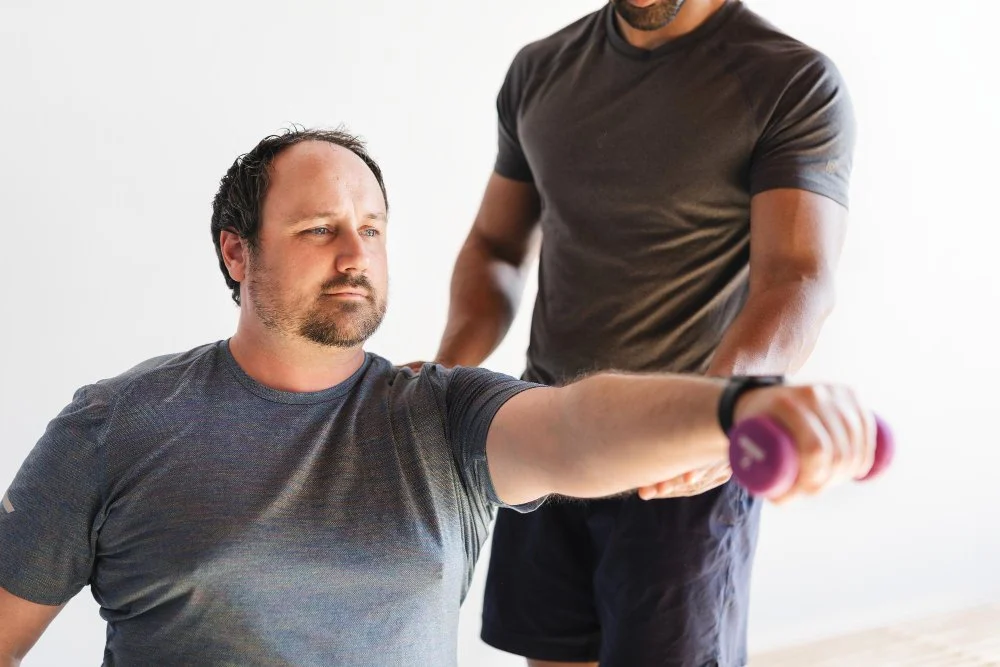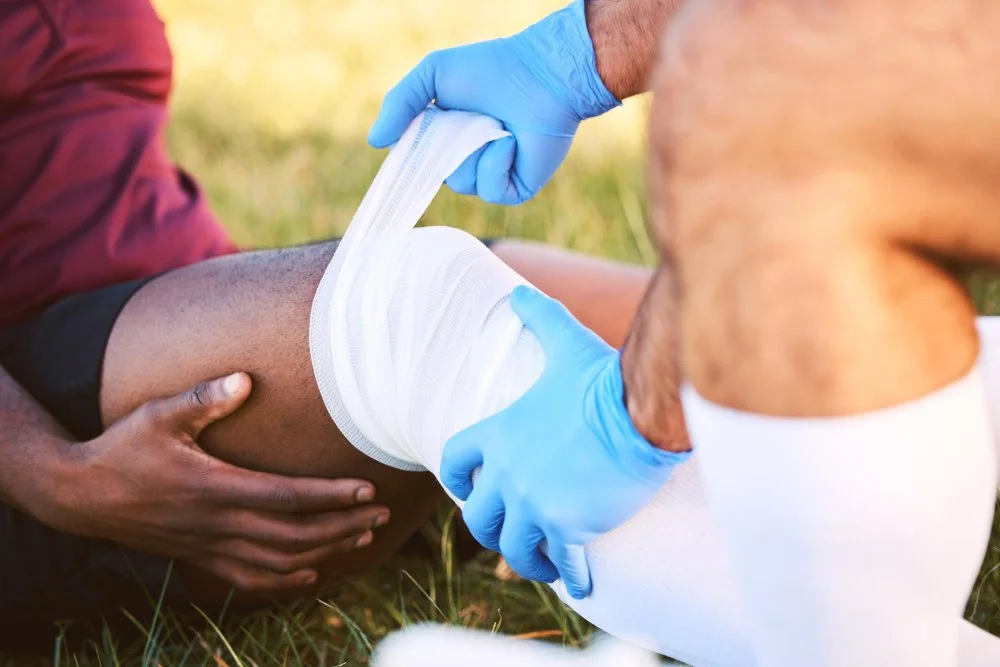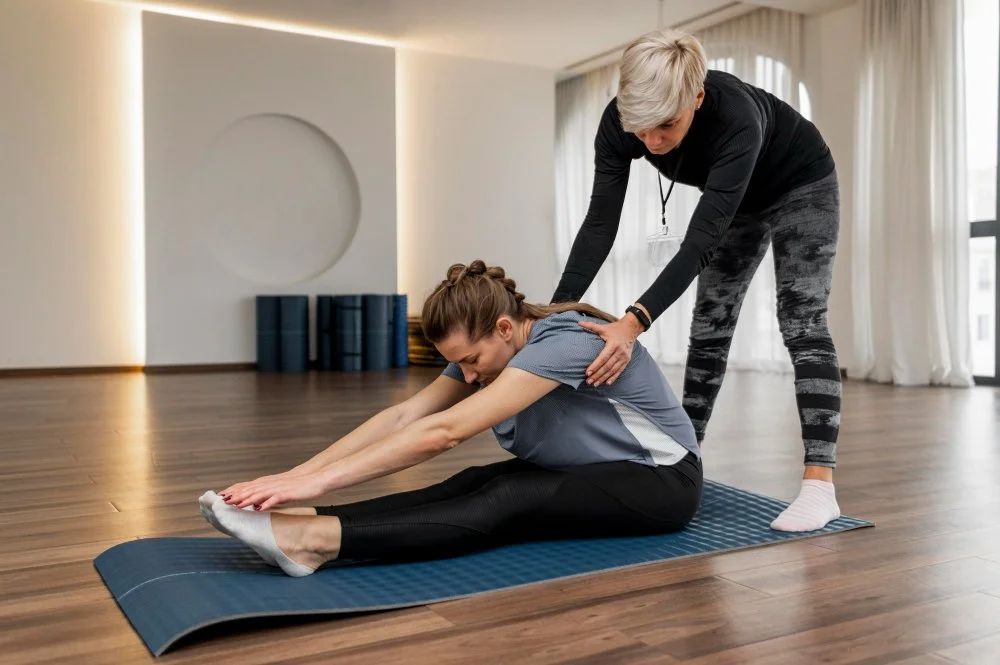Non-Surgical Treatments for Spine & Joint Injuries | Sports Injury Care
What Are Sports Injuries?
Sports injuries are musculoskeletal injuries that can occur during physical activity, exercise, or sports—but they are not limited to athletes.
Even people in everyday occupations can experience similar injuries, such as tennis elbow in factory workers, shoulder injuries in painters, or tendinitis in gardeners.
The musculoskeletal system—comprising muscles, tendons, ligaments, bones, and joints—provides stability and enables movement. It is therefore susceptible to both acute and chronic injuries.
Types of Sports Injuries
Acute Injuries
Sprains: Ligament stretching or tearing, commonly in ankles, knees, or wrists
Dislocations: Joints forced out of alignment, often in shoulders, fingers, or knees
Fractures: Bone breaks due to trauma or impact
Chronic Injuries
Tendinitis: Inflammation of tendons from repetitive motion
Stress fractures: Small cracks in weight-bearing bones
Bursitis: Inflammation of fluid-filled sacs that cushion joints
Common Spine and Joint Injuries
Shoulder injuries: Rotator cuff tears, impingement, instability
Elbow injuries: Tennis elbow, golfer’s elbow, ulnar collateral ligament injuries
Knee injuries: ACL tears, meniscus tears, runner’s knee, patellar dislocations
Leg and ankle injuries: Hamstring strains, shin splints, ankle sprains, Achilles tendinitis
Causes and Risk Factors
Poor exercise technique
Overtraining or sudden increases in activity intensity
Repetitive motions or prolonged stress on joints
Improper footwear or equipment
Previous injuries
Age-related tendon and joint changes
Certain medications (e.g., fluoroquinolone antibiotics)
Symptoms
Acute injuries: Sudden severe pain, swelling or bruising, limited joint movement, weakness
Chronic injuries: Dull or persistent pain, swelling during rest or activity, reduced mobility
Non-Surgical Treatment Options
Rest, Ice, Compression, Elevation (R-I-C-E)
Physical therapy and rehabilitation exercises
Braces, splints, or joint supports
Medication or topical treatments for pain
Lifestyle adjustments: stretching, warm-up, and activity modification
Non-surgical treatments can provide effective relief for spine and joint injuries and often prevent the need for surgery.
Prevention Tips
Use proper exercise techniques and equipment
Gradually increase training intensity
Stretch and warm up before activity
Wear supportive footwear
Address pain promptly
Most spine and joint injuries do not require surgery. Early intervention and guided rehabilitation can help patients recover fully, regain mobility, and return to an active lifestyle safely.
© 2025 [Blessen Abraham]. All rights reserved.










